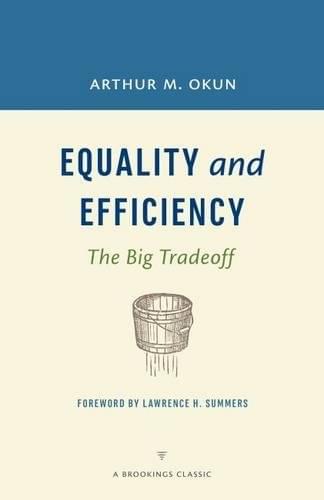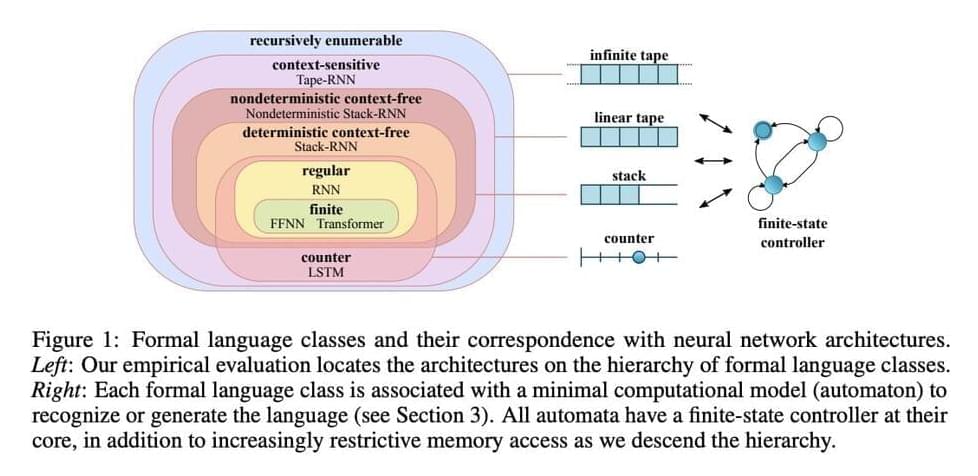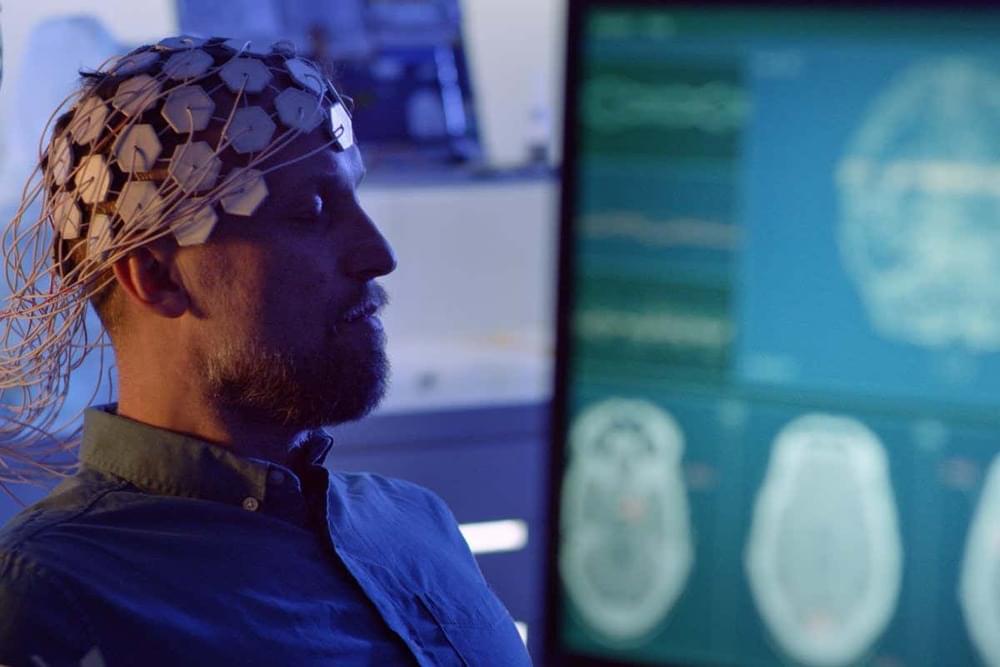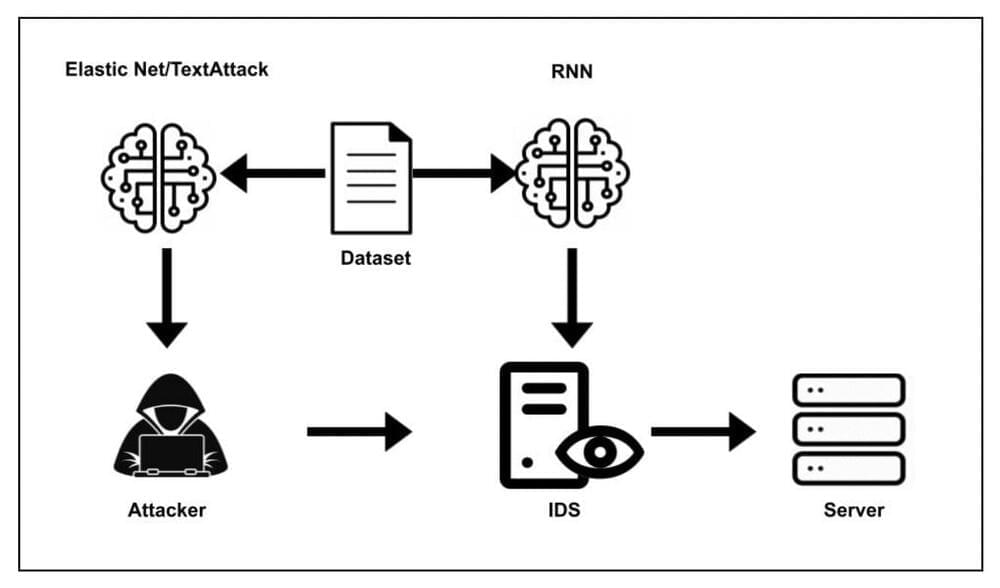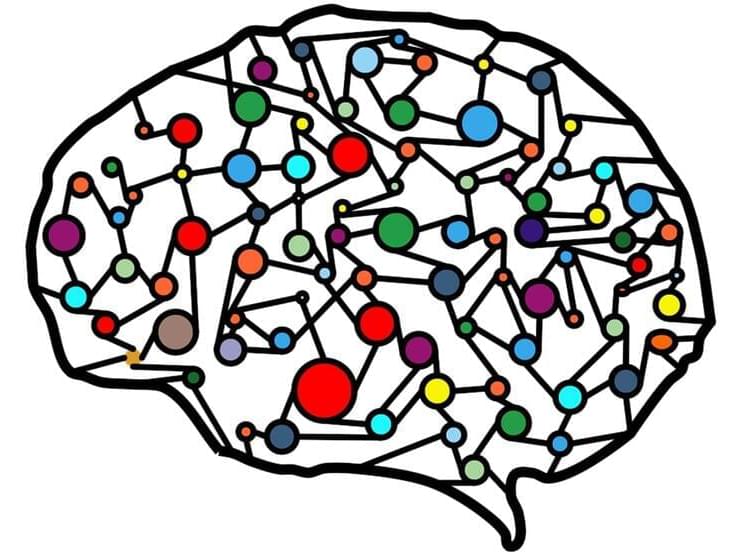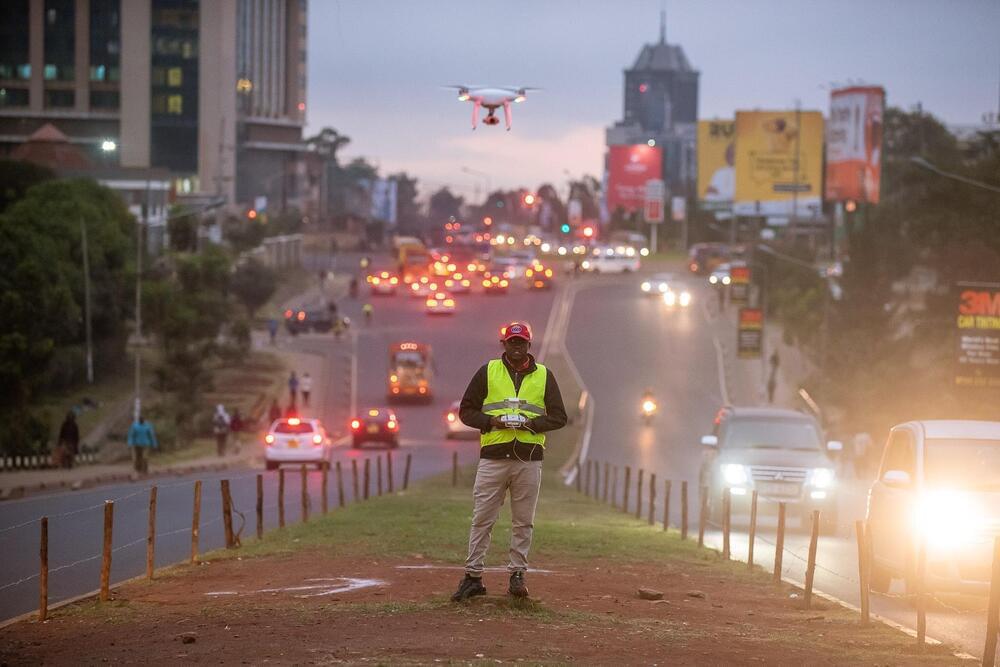Jul 17, 2022
AI Would Run the World Better Than Humans, Google Research Claims
Posted by Shubham Ghosh Roy in categories: economics, education, government, humor, information science, mathematics, robotics/AI
The bottomless bucket is Karl Marx’s utopian creed: “From each according to his ability, to each according to his needs.” In this idyllic world, everyone works for the good of society, with the fruits of their labor distributed freely — everyone taking what they need, and only what they need. We know how that worked out. When rewards are unrelated to effort, being a slacker is more appealing than being a worker. With more slackers than workers, not nearly enough is produced to satisfy everyone’s needs. A common joke in the Soviet Union was, “They pretend to pay us, and we pretend to work.”
In addition to helping those who in the great lottery of life have drawn blanks, governments should adopt myriad policies that expand the economic pie, including education, infrastructure, and the enforcement of laws and contracts. Public safety, national defense, dealing with externalities are also important. There are many legitimate government activities and there are inevitably tradeoffs. Governing a country is completely different from playing a simple, rigged distribution game.
I love computers. I use them every day — not just for word processing but for mathematical calculations, statistical analyses, and Monte Carlo simulations that would literally take me several lifetimes to do by hand. Computers have benefited and entertained all of us. However, AI is nowhere near ready to rule the world because computer algorithms do not have the intelligence, wisdom, or commonsense required to make rational decisions.
